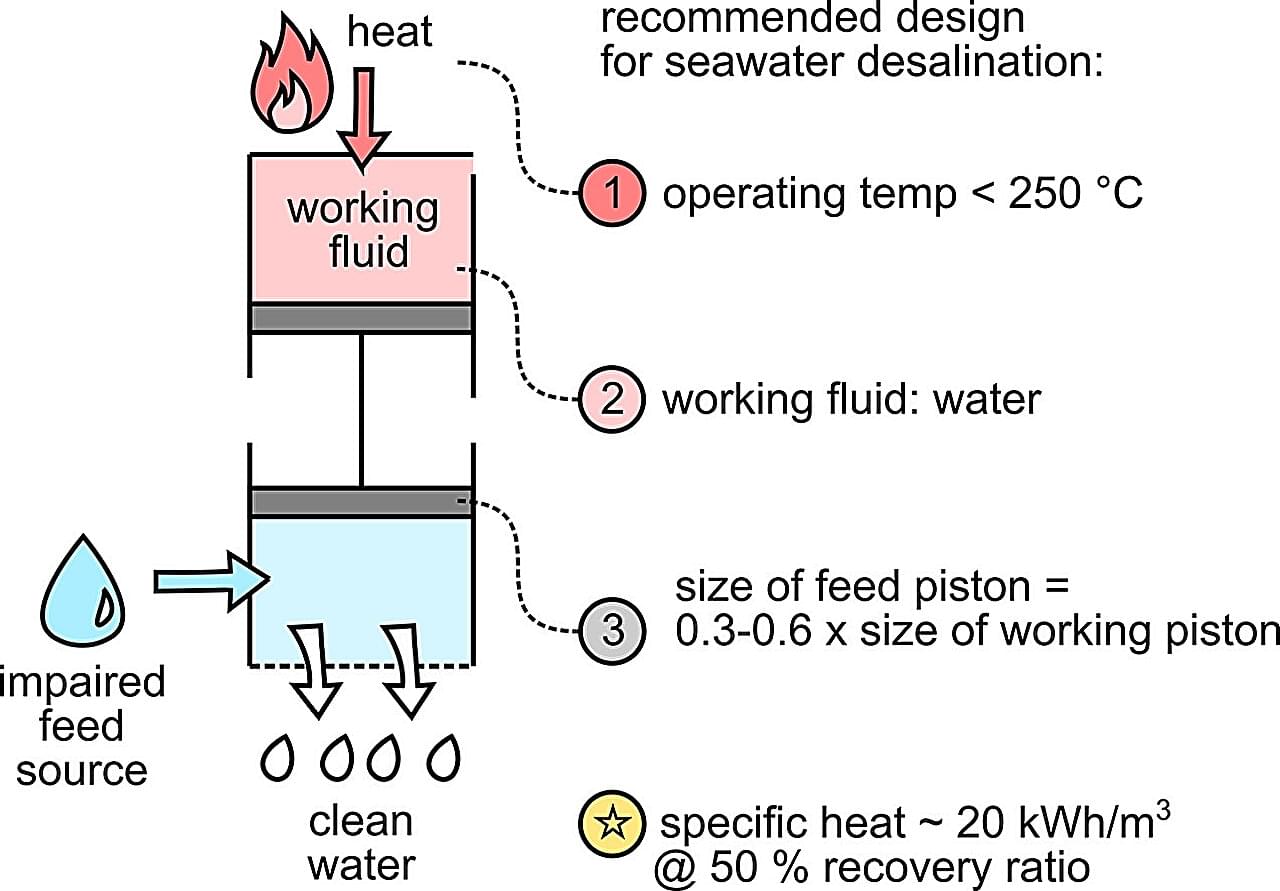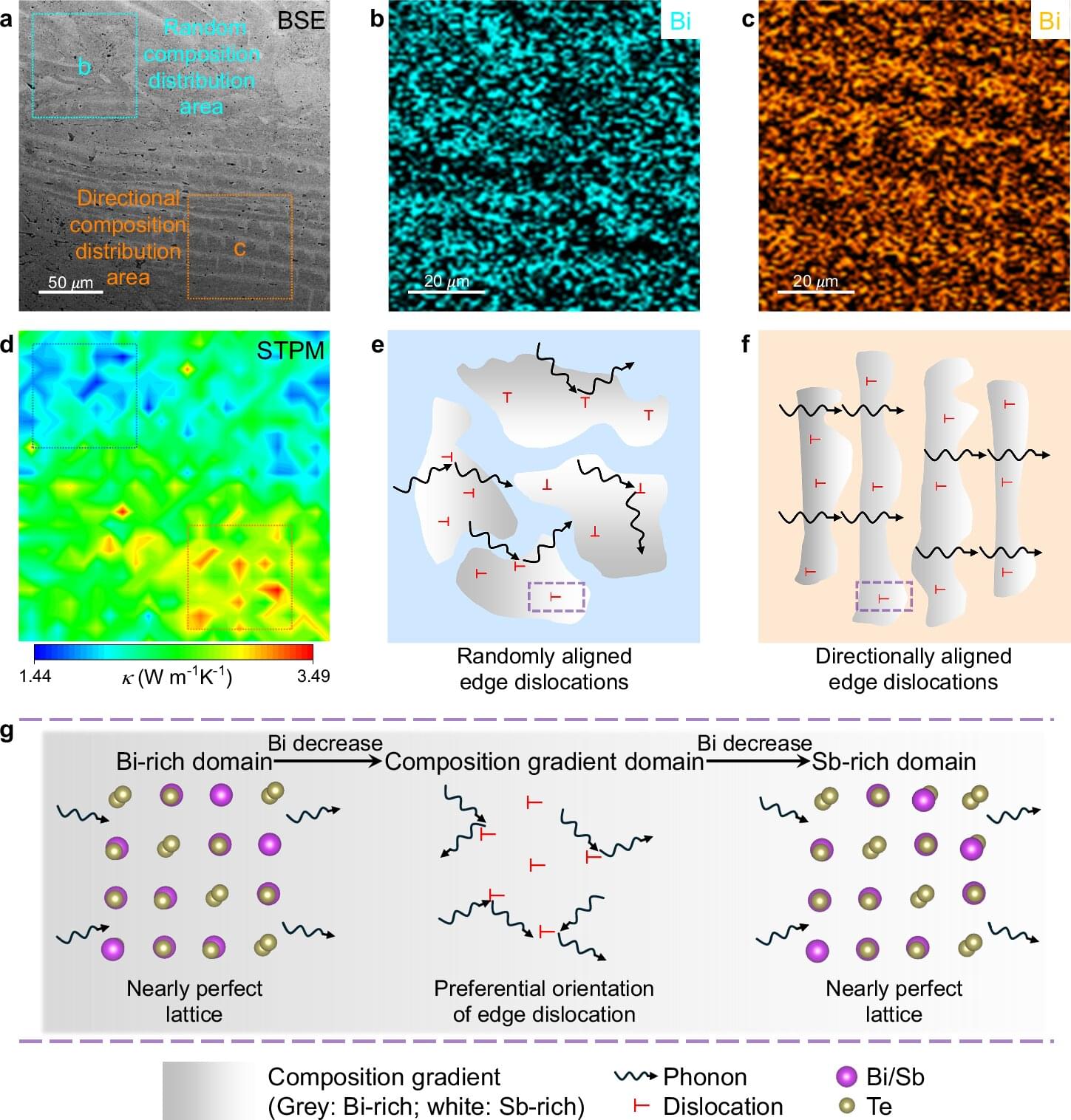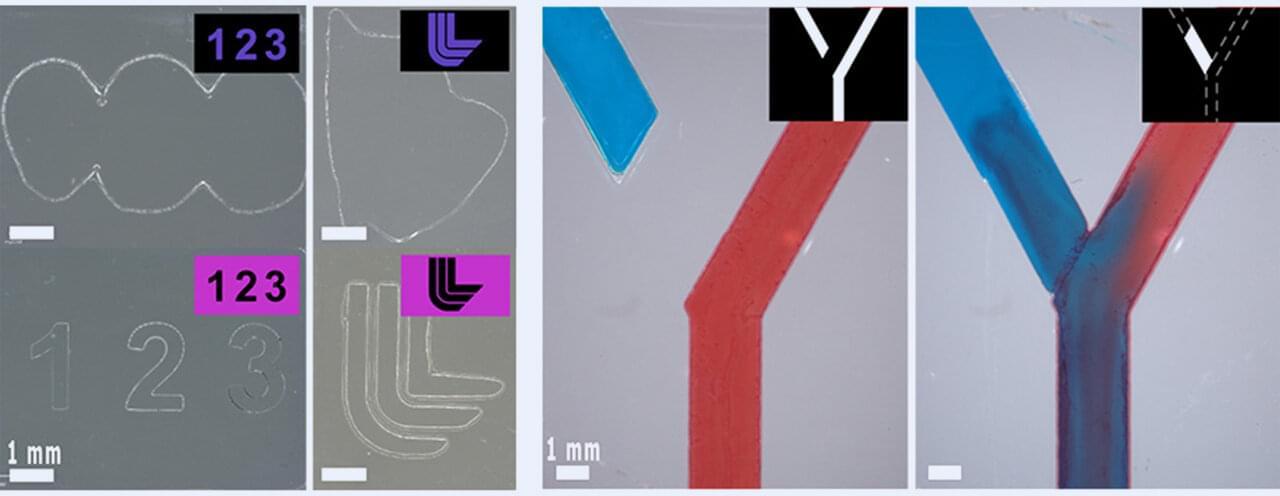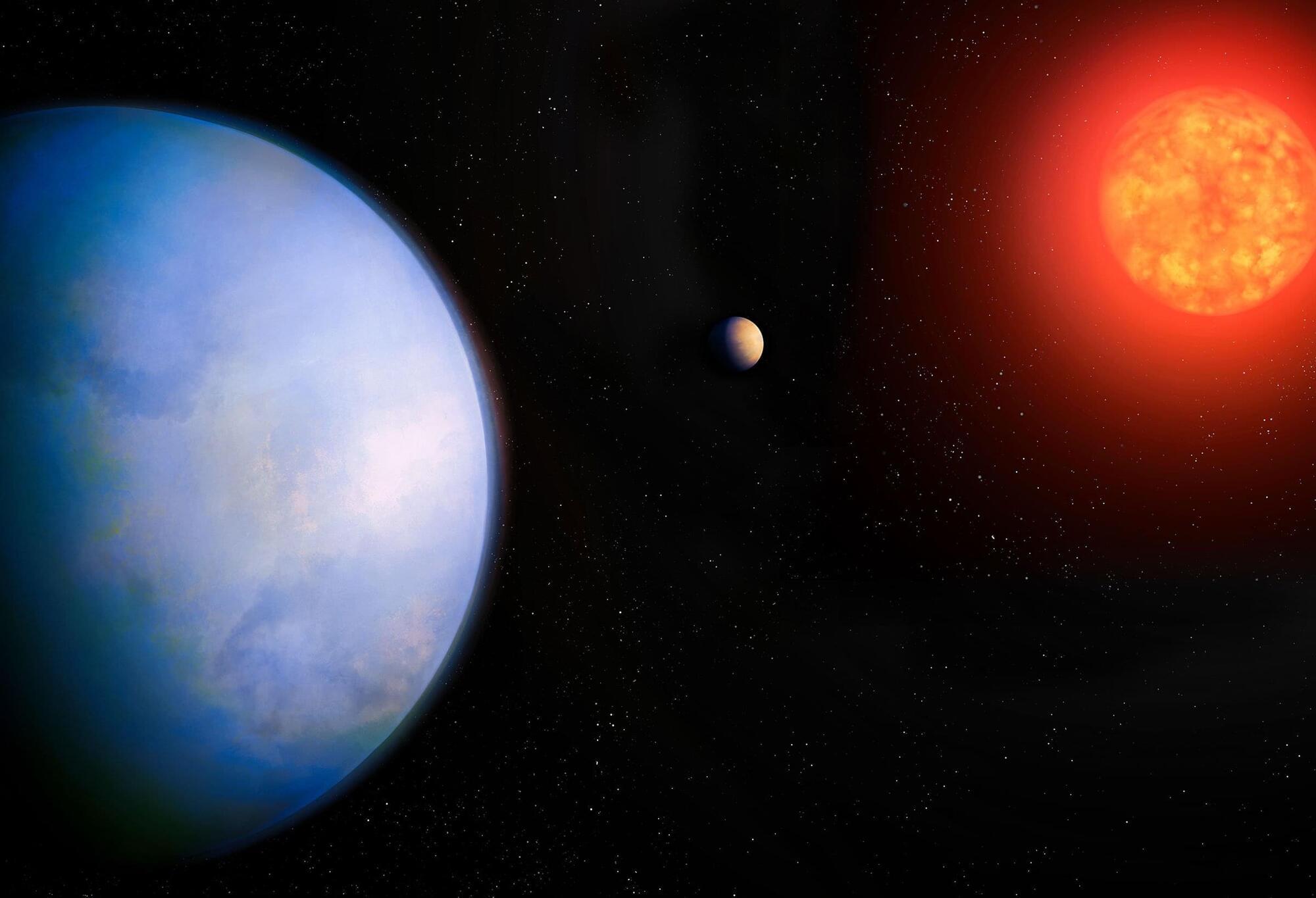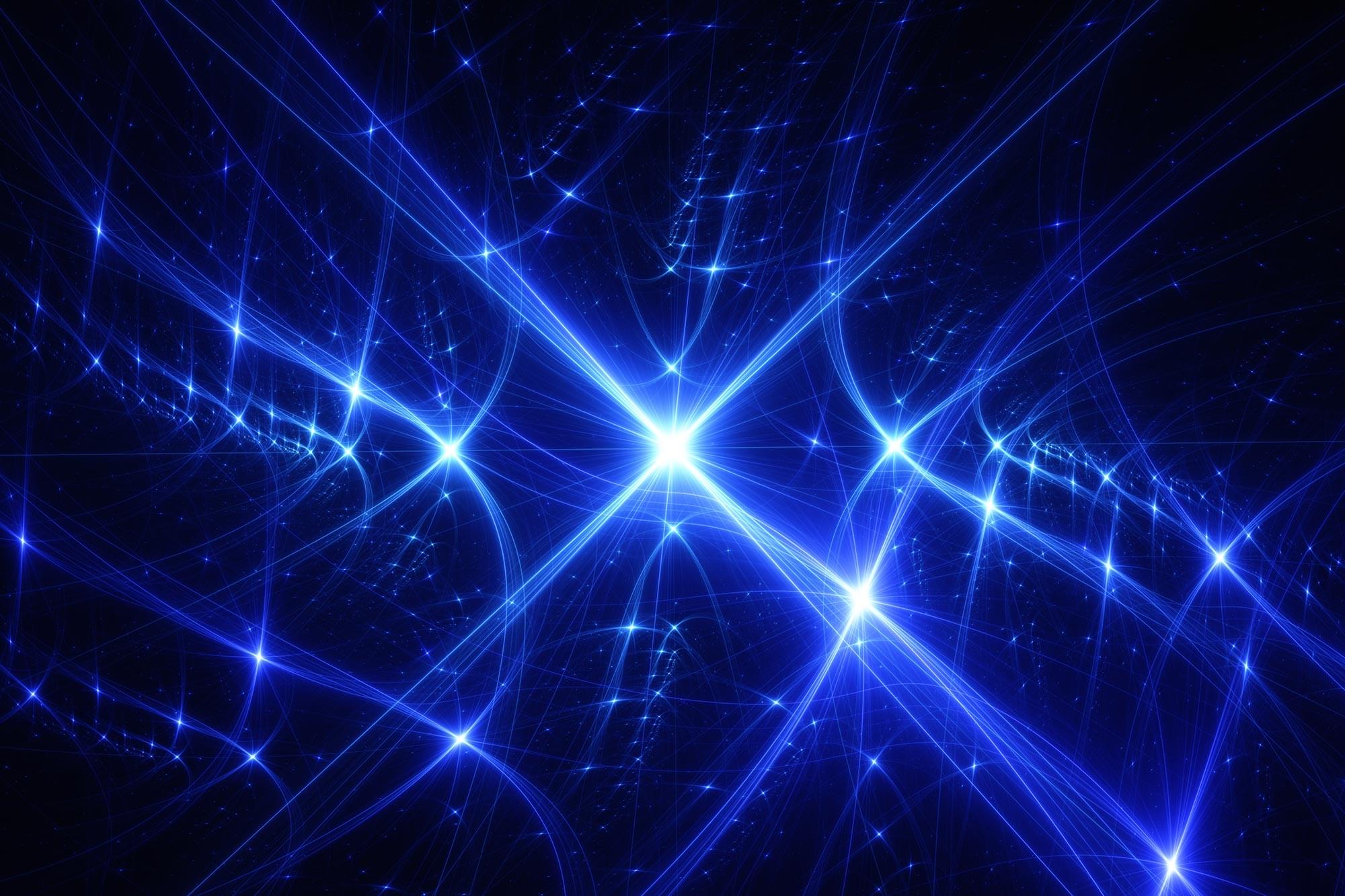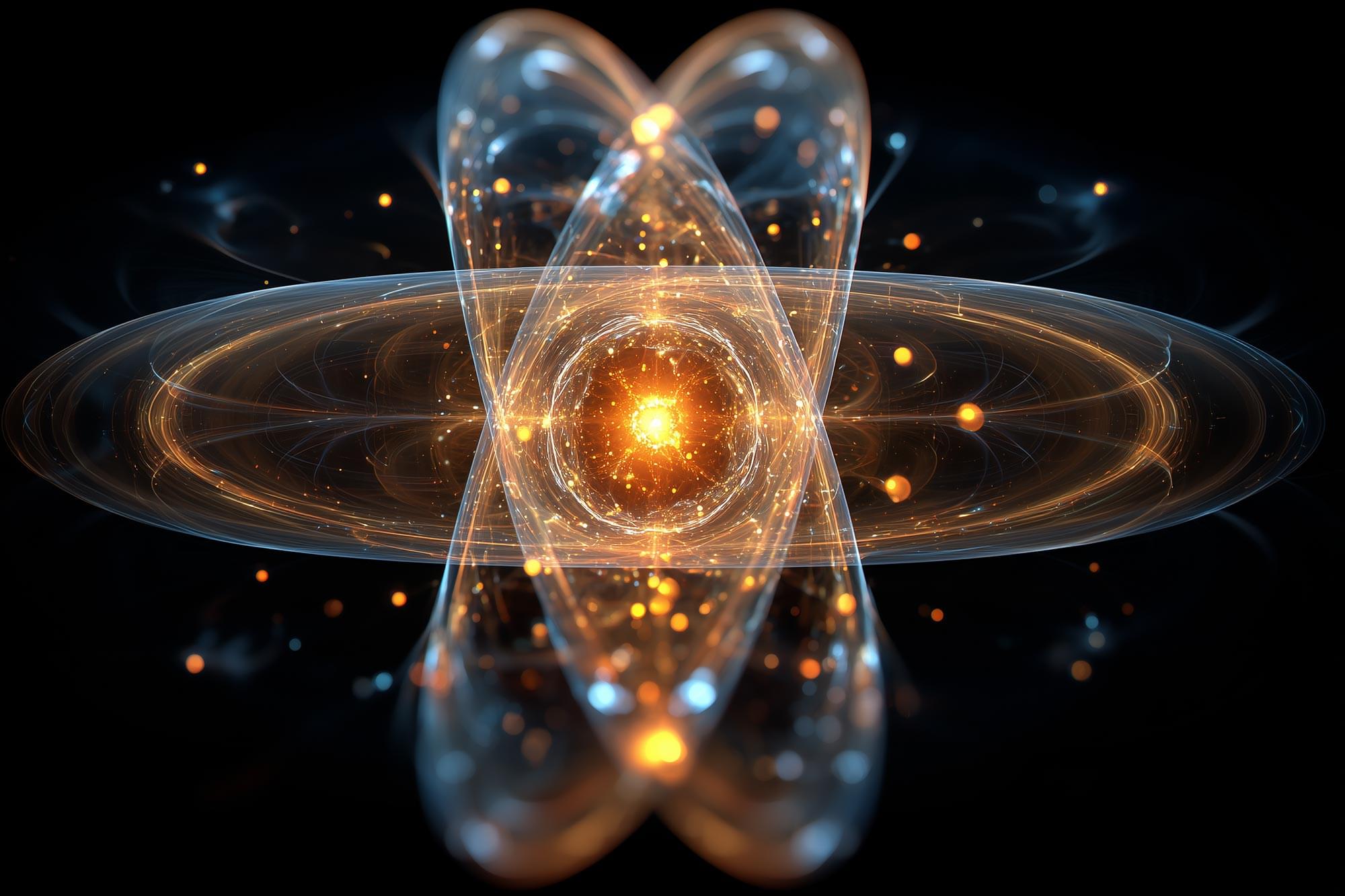Robots could soon be able to autonomously complete search and rescue missions, inspections, complex maintenance operations and various other real-world tasks. To do this, however, they should be able to smoothly navigate unknown and complex environments without breaking down or getting stuck, which would require human intervention.
Most autonomous navigation systems rely on global positioning systems (GPS), which can provide information about where a robot is located within a map. In many environments, however, including caves, unstructured spaces and collapsed buildings, GPS systems either do not work or become unreliable.
Researchers at Beijing Institute of Technology recently developed a new nature-inspired system that could improve robot navigation in unstructured and complex environments, without relying on GPS technology. Their proposed framework— outlined in a paper set to be published in Cell Press and currently available on the SSRN preprint server—is inspired by three distinct biological navigation strategies observed in insects, birds and rodents.

